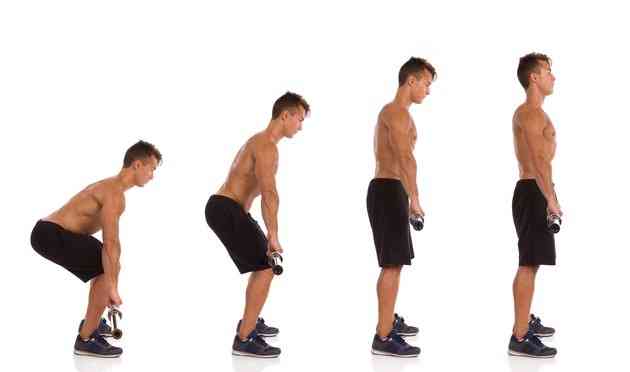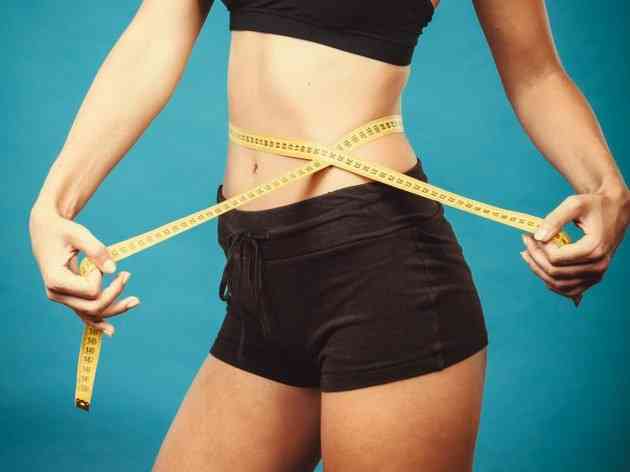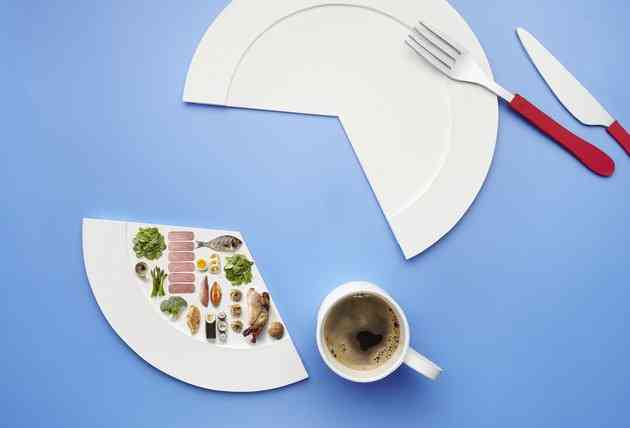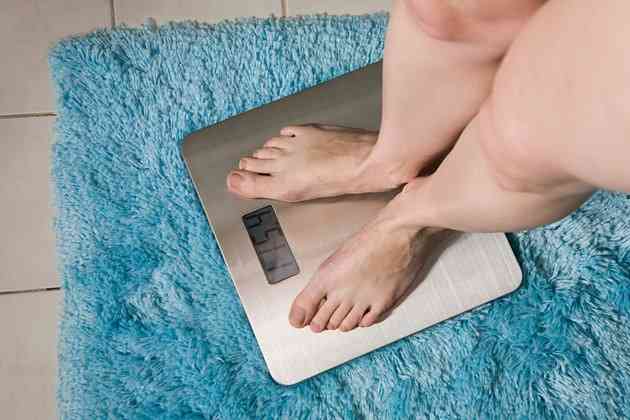Can You Lose Fat on the Sides of Your Knees?
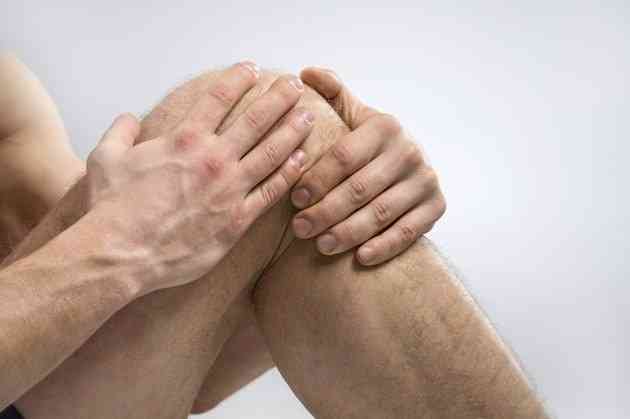
Fat knees may keep you in pants or leggings year-round since you don't want to bare your legs in shorts or a mini-skirt. To slim the sides of your knees, you have to embark on a comprehensive weight-loss program. You can't single out one area for weight loss, no matter how much it bothers you. The fat around your knees may be stubborn, but it will eventually yield when you become lean through a healthy, portion-controlled diet and total-body exercise.
 Be thankful for healthy knees, no matter their size. (Image: crossstudio/iStock/Getty Images)
Be thankful for healthy knees, no matter their size. (Image: crossstudio/iStock/Getty Images)The Way Fat Loss Happens
Your body stores fat in fat cells in the form of triglycerides. These fat cells deposit in pockets all over your body -- in the hips, thighs, abdomen and upper arms, but also in the knee area.
You can't directly use the stored triglycerides for fuel. When your body senses it needs more energy, such as when you eat less and move more, it converts some of these triglycerides into fatty acids and glycerol for energy. Where on your body you burn fat is a matter of genetics, but it's not necessarily from the place you're immediately working out. For example, you don't burn belly fat with crunches. If you've got stored visceral fat around your internal organs that makes your belly swell, you'll likely use that fat first when you exercise and eat right because of its highly metabolic and inflammatory qualities. Subcutaneous fat, like that around your knees, is harder to lose. Your body holds on to it in case of emergency.
Usually, you can expect the fat that you accumulated most recently to be the first you lose. So if your knees have gotten fatter as you've gained those last extra pounds, they'll likely slim down early on in a weight-loss program. If, however, you've always had thick legs and fat on the sides of your knees, it might be one of the last places you notice loss.
Science Proves You Can't Spot Reduce
In 1971, the Annals of Internal Medicine published a study reporting no difference between the subcutaneous fat layers on tennis players' right and left arms, despite the players using one arm far more often for training and play. Many studies since have confirmed that spot training isn't possible, including a recent one published in a 2013 issue of the Journal of Strength and Conditioning Research. Participants worked their non-dominant leg with hundreds of repetitions of the leg press three times per week for eight weeks. Despite the exercise, the leg showed no significant change in fat mass or fat percentage as compared to the leg that did not do much work. Participants did lose fat in their upper bodies, however. This research confirms that you can't target the fat at the sides of your knees; it will reduce only when your body loses fat all over.
Creating a Calorie Deficit
To put your body in a state that burns off stored fat for fuel, you must create a calorie deficit. This means you eat fewer calories than you use during the day. Over the course of a week, if this daily deficit has been between 500 and 1,000 calories, you can expect to lose 1 to 2 pounds -- since 3,500 calories makes one pound.
Determine first how many calories you need to maintain your weight. An online calculator or dietitian can help you do this by taking into consideration your size, age, activity level and gender. Then plan on adding enough physical activity to burn an additional 250 to 500 calories daily and reduce your daily calories by 250 to 500 calories. Do not eat fewer than 1,200 calories, though, or you'll lose valuable muscle mass -- possibly stalling your metabolism -- and likely face nutritional deficiencies.
Choosing Quality Foods for Weight Loss
Meals that are filling and nutritionally solid support weight loss and good health. No one food is going to burn off knee fat, but sticking to vegetables, whole grains, lean proteins, unsaturated fats and low-fat dairy can help you reduce calories and lose fat all over. Skip fried foods and processed snacks. Broil, bake or grill meats for healthy, low-calorie preparations, and season with fresh herbs, plain spices, citrus, vinegar and olive oil instead of bottled dressings and sauces.
Breakfast meals could consist of oatmeal with berries and skim milk, or eggs scrambled with vegetables and low-fat cheese. At lunch, have a large green salad topped with seared lean steak or water-packed tuna with a side of fruit, or a turkey sandwich with lettuce, tomato and mustard and low-fat yogurt. Or serve grilled or roast chicken with a small sweet potato and broccoli, or stir-fried tofu with mushrooms, carrots and spinach with brown rice as quick-to-make meals. When possible, prepare dinner at home rather than eat out; restaurant portions are usually inflated and may contain extra refined grains, saturated fats and sugar that undermine your weight-loss goals.
Move More to Burn Calories
Cardiovascular exercise that moves the largest muscles to raise your heart rate helps burn calories to contribute to your calorie deficit. Do at least 250 minutes per week to lose significant weight advises the American College of Sports Medicine. Build up your intensity and duration over time. Doing too much, too soon, can cause burn out and injury -- which definitely won't help you lose weight to reduce knee fat.
Brisk walking, jogging, cycling, kickboxing and dance aerobics all count as cardiovascular activity, plus they help tone the thigh and calf muscles that surround your knees. The tone won't be noticeable, though, until you drop extra fat covering these muscles.
Strength training also plays an important role in weight loss. When you build muscle, you raise your metabolism slightly. When you don't strength train but sustain a caloric deficit, 25 percent of every pound lost comes from muscle, thus lowering your metabolism. The higher your metabolism, the more calories you burn at rest, so it's easier to create a calorie deficit.
Targeted training only one muscle group limits the amount of lean muscle mass you add. A comprehensive program is best. Work all the major muscle group at least two times per week on non-consecutive days. Do at least one set of eight to 12 repetitions of an exercise for the chest, arms, back, shoulders, legs, hips and abs. As you progress, additional sets, increased weight and new exercises can be introduced.
Targeted Exercises for the Knees
Your knees are complex joints with several muscle attachments. The muscle definition around your knees comes from strong quadriceps and hamstrings -- the muscles of the thighs -- and your calf muscles. Performing leg exercises that work the major thigh and calf muscles can bring more definition to these muscles, so they look toned and tight when you do lose weight and distract from any lingering fat around the sides of your knees. Strengthening the muscles surrounding the knee also protect the joint from injury. The knee is the largest joint in the body, so work mindfully as you perform exercises that require it to bend, extend and bear weight.
Perform leg lifts, squats, step ups and leg extensions to work the muscles in your thighs and glutes. These targeted leg exercises don't help you burn a ton of calories though, so don't depend on them alone to help you create your calorie deficit.
